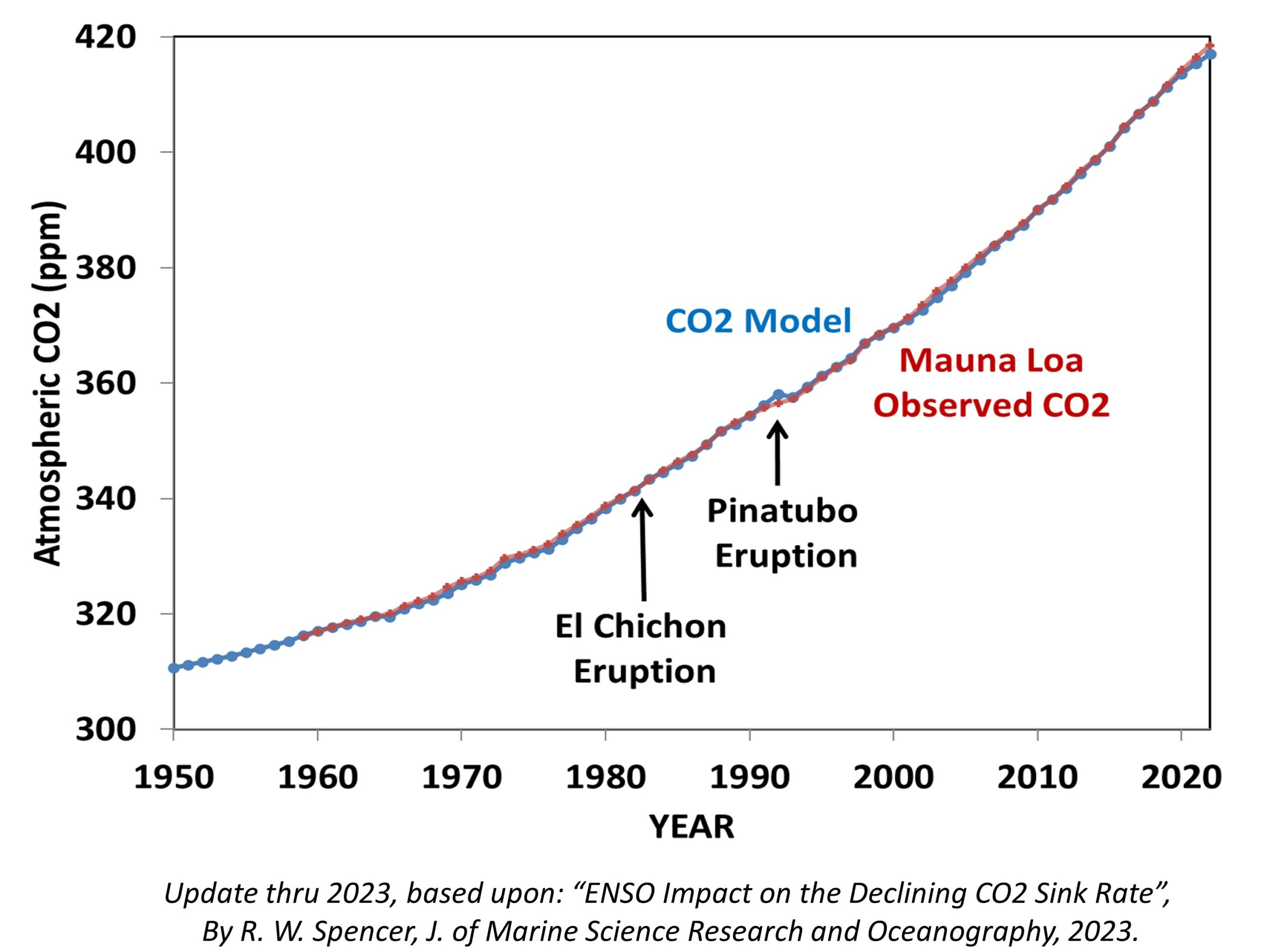by S. Goreham, Sep 18, 2025 in CornwallAlliance
Since ChatGPT released their AI chatbot in November of 2022, artificial intelligence has exploded. In only two years, the AI revolution became the driving force in the US high-tech industry. Amazon, Google, Meta, Microsoft, and other firms will spend over $100 billion this year building and upgrading data centers to run AI. Nvidia, the dominant supplier of AI graphics processor units (GPUs), became the most valuable company in the world, its market capitalization soaring from $300 billion to $4.3 trillion in less than three years.
Artificial intelligence requires vast amounts of electricity. AI processors run 24 hours a day, enabling computers to think like humans. When servers are upgraded to support AI, they consume 6 to 10 times more power than when used for cloud storage and the internet. Data centers consumed 4% of US power at the start of 2024 but are projected to consume 20% within the next decade.
The need for new generating capacity for AI now drives US electricity markets. Coal-fired power plant closures have been postponed in Georgia, Indiana, Illinois, Tennessee, Utah, West Virginia, and other states. Nuclear plants are restarting in Iowa, Michigan, and Pennsylvania. Dozens of small modular reactors are on the drawing board. More than 200 gas-fired plants are in planning or under construction, including more than 100 in Texas. Companies building AI data centers are constructing their own on-site power plants, unwilling to wait for grid power. The pursuit of artificial intelligence is rapidly replacing obsolete US Net Zero policies.
…



